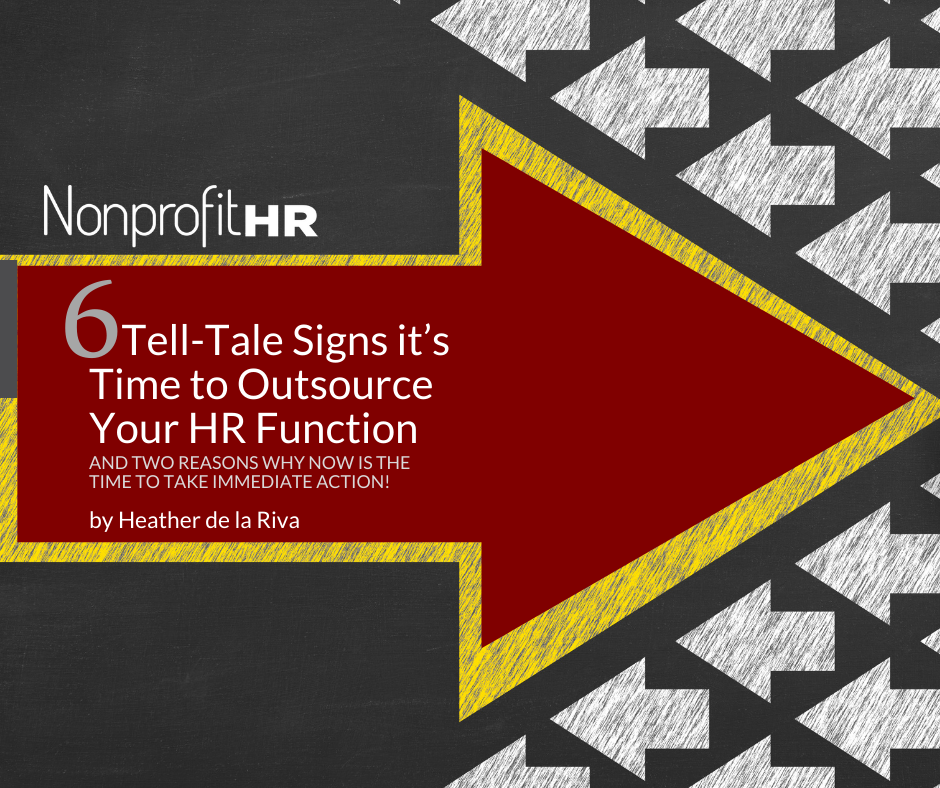WTOP: 5 ways nonprofits can…
By Leslie Beckbridge
The Millennial Generation is known for various attributes and behaviors, many of them less than appreciated by the more mature workforce. However, one of those attributes bodes very well for the future of the nonprofit sector. More and more we are hearing from younger candidates that they are motivated by factors other than monetary compensation. This is not to suggest that these up-and-comers don’t care about salary, a living wage[1] is generally a baseline requirement for anyone in the workforce. But we are seeing that, more than the financial gains offered by many opportunities, many young candidates want to have or find meaning through their professional lives.
The notion of work-life balance has evolved into a more blended scenario in which these worlds are very much intertwined. Rather than reserving service of others to volunteer work or religious involvement during evening and weekend hours, millennials are looking for career opportunities where they can have professional, personal and charitable lives all in one.
Meanwhile, retirees continue to compose a significant contingent of the volunteering community.[2] After years of dedicated professionalism, these are individuals who are looking to give something back. Whether to their communities, to future generations or to those less fortunate than they, these elders are also driven by a higher call than that of financial rewards. With a lifetime’s worth of experience in the workforce, these active and engaged citizens can be great assets to organizations who need temporary or part-time support.
So, what does this mean? For nonprofit organizations, it means that there is a wealth of talent available to tap as you look to rebuild capacity and recover from the recession. However, it also means that corporate employers are looking for ways to access these talent pools and draw those candidates. By adopting socially responsible cultural practices, innovative benefits programs and playing up their brand as one that cares about more than just their bottom lines, companies are able to offer candidates the best of both worlds.
The advantage, however, is with the nonprofit community. Service to others is built in to nonprofits’ cultures. Corporations, while shifting toward more of a purposeful approach, must find/make charitable partnerships or create new ways to refocus their brand toward social good. Where nonprofits must work, however, is on communicating their stories of meaningful work to the local and national community so that job seekers see nonprofit work as a viable option. When candidates are not aware that there are rewarding careers in the service sector, they are not likely to apply or be apparent to nonprofits looking for talent. Our advice: don’t wait for them to come to you. Go to where the talented people are (social media, college campuses, religious and community centers, etc.) and especially to where those people are volunteering, and make your opportunities public in those spaces. In 2013, “24.1 percent of unemployed persons and 21.9 percent of those not in the labor force volunteered. Among the employed, part-time workers were more likely than full-time workers to have participated in volunteer activities—31.7 percent, compared with 26.8 percent.”[3] Next time you are thinking about where to place a job ad, think about where you and your peers participate in volunteer activities.
Need more advice on where to find and how to recruit talented, mission-focused individuals? Contact our experts.
[1] Income substantial enough to support a standard of living considered normal. Calculated based on local factors including cost of living.
[2] People 65 years and older are the 3rd largest age group participating in volunteer activities, according to a 2013 Bureau of Labor Statistics study. This group also contributes the most annual volunteer hours.
[3] Bureau of Labor Statistics “Volunteering in the United States – 2013”





























